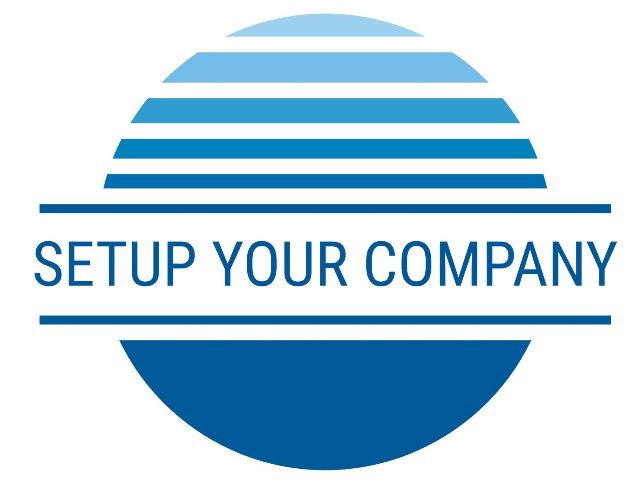Guide to Company Meetings – How to take minutes
So you have just set up your company and have been appointed as Company Secretary, do you know how to take the minutes of the meetings for the Company?
1. Firstly, you set up your minutes template in a word document, and choose your layout that you will use for all meetings going forward.
NAME OF COMPANY
Minutes of the first meeting of the Directors held at [ADDRESS]
ON [DAY OF THE WEEK, DATE, MONTH YEAR AND TIME]
PRESENT [CHAIRMAN] (in the chair)
[OTHER DIRECTORS]
[APOLOGIES]
2. Then you check your constitution/memorandum and articles for the notice period for your board meetings and the quorum (number of directors who have to be present for the meeting to legally proceed to business).
3. It would be usual to give a certain period of notice to all the Directors even if your constitution remains silent on this rule.
At the first meeting of the Company, you may appoint a Chairman to the board, this is usually majority agreement by the Director’s attending the first meeting, the Board may also appoint a different person to act as Chairman at each meeting.
If it is the first meeting you should note the following:
1. Certificate of Incorporation, report the date of incorporation and the Company Number, and circulate the constitution to the members of the Board, also note that when you have appointed a new Director to the Board, he should be furnished with a copy of the Constitution and other information relating to the Company;
2. It should be noted who the first officers of the Company are;
3. Appointment of Company Bankers and who are the authorised signatories to the bank account;
4. The Company Accounting reference date, most companies choose a year end of 31st December;
5. Note of the situration of the Registered Office Address and Trading address if different;
6. The appointment of the Directors’ noting that they have consented to act as the first Directors’ of the Company by the subscribers to the Constitution;
7. Resolution, to adopt the Company Seal as the common seal of the Company, and an impression of the seal should be put under this resolution on the minutes;
8. Note who the subscriber shareholders will be, and if the shares are fully paid up and how much capital is in the company;
9. Share Certificates, issued and how many shares each shareholder has received;
10. Tax Status, at the first meeting of the Company, it will be noted what taxes the Company will be registered for, eg. Corporation Tax, VAT, etc;
11. New Business, obviously, the Directors will start discussing the new business of the company, it is important to lay out an agenda of items to be discussed, you should draft this well before the meeting, give it to the Chairman for approval and then send this to the Directors, they might have a report on the item to be discussed and this should be circulated to the other Directors in a meeting pack before the meeting, it is important to give the Directors enough time before the meeting to read the information pack. You should keep all these reports, and just note that they were discussed at the meeting, and the main points that were discussed and the decision that was made by the Director’s at the meeting;
12. You might note at the end of each meeting if the Chairperson has given you any specific instructions to carry out before the next meeting;
13. Next Board Meeting should be agreed upon, date, month, and time, I would advise putting in the day of the week, as it is a good way to double check that everyone is looking at the same date on their calendars; and
14. And last but not least, the famous “Any other Business”, this is where the directors will bring up any business that should be discussed that was not in the agenda.
Going forward to your second meeting and beyond:
• I would advise that you set up a business and compliance calender for your company, as certain items of business should be discussed at each meeting, and other items should be discussed a few times during the year and you need to ensure that they are included in the agenda;
• Items to include in the yearly agenda and to put on your calender:
• Director’s conflicts of interests if any prior to the boards consideration of an issue, this should be an agenda item for all meetings;
• Director’s to disclose the board their other time commitments;
• Director’s to disclose their other Directorships;
• Annual Review of documented proceedures for dealing with conflicts of interest board level;
• Annual review of Anti-Money Laundering (AML) policy at board level;
• Material Contracts entered into since the previous board meeting;
• Review of the effectivness of the Chairman, Board members, Company Secretary, Auditors, Accountants etc. This can be yearly, or every couple of years depending in the business of the Company;
• Training of the Board members, in AML, products and service of the Company, customers and suppliers to the company and other industry knowledge;
• Financial Statements, as the Director’s of the Company are its managers, they should be aware of the Financial position of the company, major outgoings during the financial year, investments, etc, they should also be aware of the Annual Return Date for the Companies Registration Office (CRO) and the filings and returns to the Revenue Commissioners;
• Annual General Meeting, to approve the financial statements and present them to the shareholders and declaration of dividends if available for distribution; and
• Director’s and Officers insurance policy and other insurance in the business;
Services
We offer professional Company Formation Services to help you register your business in Ireland & UK.
Our Company Formation Services:
Irish Company Formation €134.99
UK Company Formation €100
Northern Ireland Company Formation €100
7 Days Support
No Hidden Costs
Friendly support
Free Consultation
Business Hours
- Monday
- -
- Tuesday
- -
- Wednesday
- -
- Thursday
- -
- Friday
- -
- Saturday
- -
- Sunday
- -
SetupYourCo is a trading name of Linenhall Promotions Limited
Reg Office: Office 2, 12A Lower Main Street, Lucan Co Dublin, K78 X5P8, Ireland


